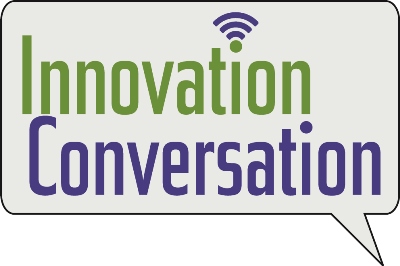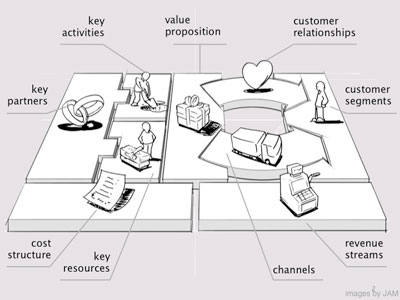“Success is most often achieved by those who don’t know that failure is inevitable” is a famous quote by Coco Chanel, recently mentioned by Richard Branson as one of his favorite quotes on failure.
 Clearly Coco Chanel was an entrepreneur as well so she must have know what it means to take into look at failure in the eyes, and feel the sting of it.
Clearly Coco Chanel was an entrepreneur as well so she must have know what it means to take into look at failure in the eyes, and feel the sting of it.
It is tough to accept that failure will be inevitable, yet it is the only way to advance.
At the same time, successful entrepreneurs know that leaps of faith must be carefully planned and tested so as not to make the rest of their creation stumble – just as share brokers know that failure (gaining money) is inevitable on part of their portfolio but have a portfolio management process that mitigates these risks.
Failure is inevitable, and it should reflect risk taking and creativity. Destruction is not, it is a matter of careful planning and risk management.







 Further he writes, “In
Further he writes, “In  Hugh MacLeod reminds us that “this stuff is NORMAL. No, it’s not easy, but hey, no truly interesting and meaningful life ever happened without a lot of this kind of ordeal. Trust me, we are the lucky ones. The unlucky ones are the ones who go their entire lives without ever feeling it.”
Hugh MacLeod reminds us that “this stuff is NORMAL. No, it’s not easy, but hey, no truly interesting and meaningful life ever happened without a lot of this kind of ordeal. Trust me, we are the lucky ones. The unlucky ones are the ones who go their entire lives without ever feeling it.”

